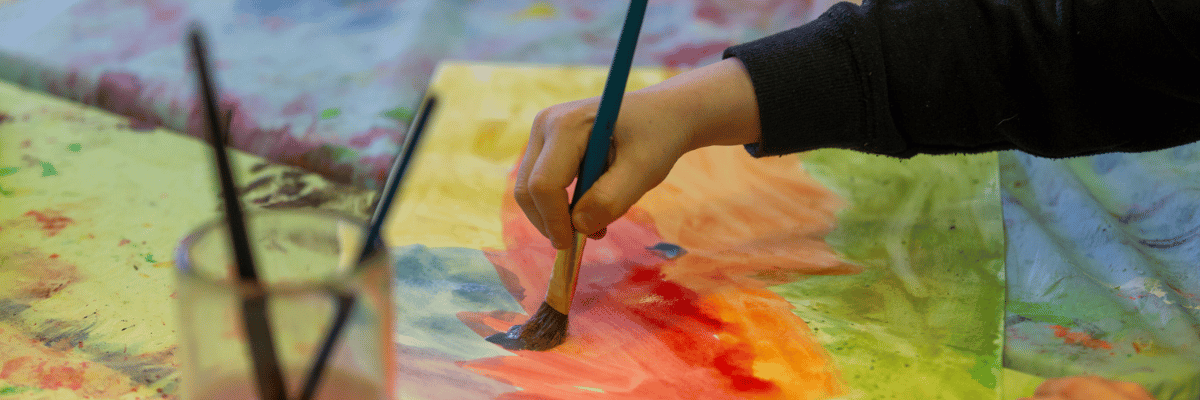Sadly the emergence of COVID-19 outbreaks resulted in racial discrimination becoming an issue many Asian people experienced worldwide. Here we look at what happened in New Zealand and explain how creative arts therapy can benefit people who have experienced racial discrimination.
Racial discrimination in New Zealand
An article by Te Aorewa Rolleston on Radio New Zealand revealed that research shows Māori and Chinese communities reported the highest rates of discrimination since the start of the COVID-19. The survey led by the Human Rights Commission showed more than half of Māori and Chinese respondents experienced some form of discrimination, and Chinese people had greater concerns about their personal safety compared with other respondents.
After receiving more than 100 inquiries at the beginning of 2020 citing verbal abuse, racial harassment and discrimination towards those of the Asian and Chinese community, the Human Rights Commission undertook research in a bid to find out how deep and how broad the harm went. Most respondents reported receiving negative comments or abuse online or in person, being stared at in public, and being excessively avoided beyond the usual social distancing measures.
The Race Relation Commissioner empathised that no-one should experience racial discrimination, and illustrated that people sometimes forget that the virus is the problem and not the people. The pandemic should not be manifested into racism and discrimination. This makes people feel vulnerable, like they do not belong, and fear their public safety. According to Butcher et al. (2006), racial discrimination continues to be a serious problem in New Zealand – “racism might be outlawed, but its seeds litter every community and sprout in environments where grievances, greed, and envy flourish.” Approximately 34% of complaints from all sources (i.e Pakeha, Māori, and members of other ethnic groups) have experienced employment and workplace harassment.
Many Asian immigrants have experienced severe trauma and reported Post Traumatic Stress Disorder (PTSD) as they grapple with racial stigma, combined with stresses faced settling into a new country. In a study by Pahud (2008), one participant describes the feeling of psychological distress endured by past life-threatening events: “Before coming to New Zealand, I have been in a lot of trouble…I have learned how to be strong and to have hope”. Nevertheless, such dramatic events as the COVID-19 pandemic have led to a global increase in Asian discrimination. In Aotearoa, a quarter of respondents reported experiencing discrimination due to their appearance and inability to speak English. People of Asian descent reported experiencing employment discrimination, and in their day to day lives.
The need to overcome the migrants’ mental health problems, such as the challenging transitions and traumatic experiences from their native counties have been addressed in therapeutic approaches (Rahapsari, 2017). Various therapy interventions are linked to positive adaptation, such as resilience. Resilient therapy can involve various creative art therapy forms such as Dance Movement Therapy or Arts Therapy. Creative art therapy programmes are shown to increase positivity within the clients’ body image as well as their ability to express themselves through creative channels.
What is creative arts therapy?
Numerous studies demonstrate that creative art therapy is useful in enhancing positive body image, and suggest that it is a suitable therapeutic approach for conflict survivors. This is because practices such as dance movement therapy and arts therapy have elements of catharsis and rebuilding one-self in individual and community.
According to the American Art Therapy Association (AATA), art therapy is a “form of expressive therapy that uses the creative process of making art to improve a person’s physical, mental, and emotional well-being.” A study from Buk (2009) used art therapy to help an immigrant woman transitioning to a new environment from her native country, accessing the repressed traumatic memories within the safe space of art therapy. She reported significant progress in 2.5 months of art therapy intervention in which she was able to process grief and continue with her new life.
Art therapies promote three essential influencing factors: providing support to the family, enhancing the bonding among immigrants from different communities, and learning mythologies from their native cultures. Using mythologies helps to provide a foundation for bringing their traumatic experiences and transforming them into self-awareness. As a result, mythology has enabled individuals to develop adaptive strategies that are culturally appropriate for them.
Dance movement therapy is “the therapeutic use of movement to further the individuals’ emotional, cognitive, physical, and social integration” (American Dance Movement Therapy Association). It focuses on the correlation between movement and emotion. Rahapsari (2017) has suggested that it enables and supports immigrants with trauma to enhance their wellbeing and rebuild the connection to their bodies after traumatic experiences. Dance movement therapy provides a treatment opportunity for traumatised immigrants and refugees, and may be combined with talk therapy to provide a holistic approach to wellbeing that encompasses the mind, body and spirit.
Understanding cultural differences, images, cultural symbols, and metaphors is essential for a dance movement therapy approach. The primary goal for trauma victims is to help immigrants embody a positive self and develop better future lives. Moreover, dance movement therapy helps clients to reveal hidden traumatic body memories by expanding the expressive movement and completing a series of movements. Understanding is further developed through mirroring and other practices in session.
How can DTNZ help people who have experienced racial discrimination?
At Dance Therapy NZ, we support people from vulnerable communities and survivors of abuse through creative arts therapy. Find out more about the different programmes and individual therapy available now.

